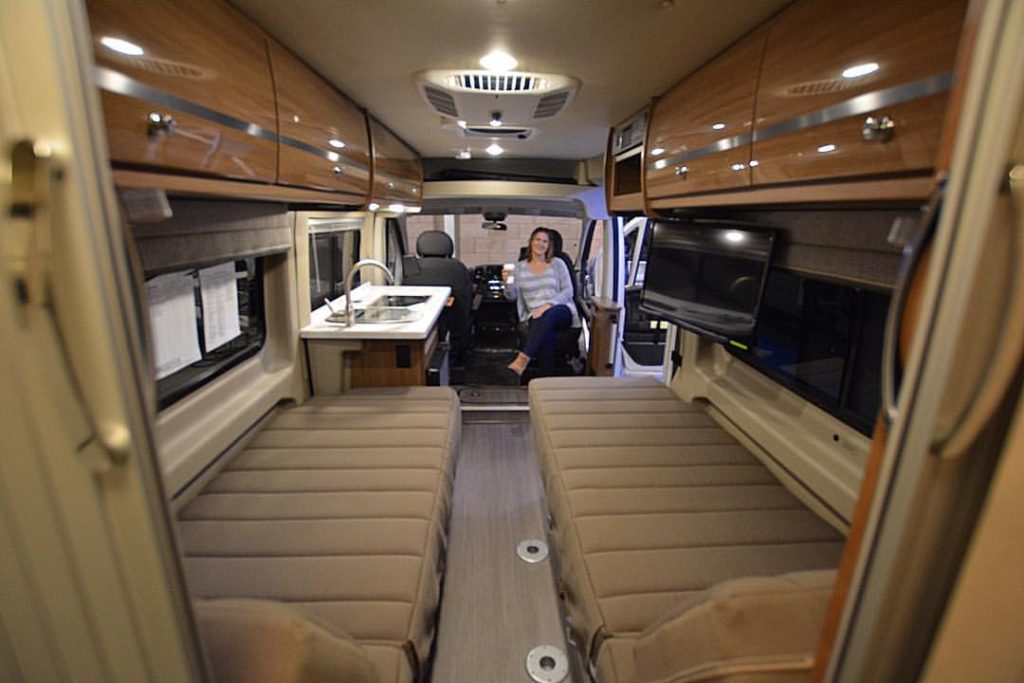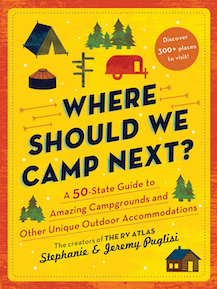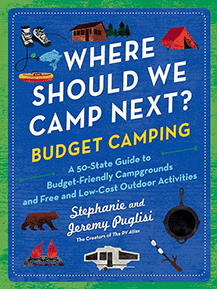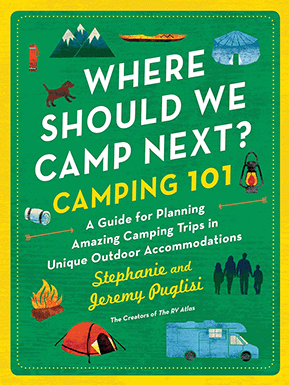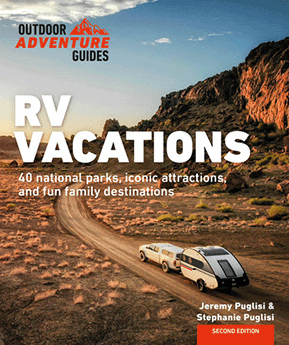Class B motorhomes are one of the fastest growing segments of the RV industry. The small foot print might scare away a lot of buyers, but driving comfort and flexibility are huge draws. These small, stylish RVs have a lot of devotees. Find out whether or not a Class B RV is for you!
You can listen to us talk more about all about Class B RVs by clicking on the play arrow at the top of this article. Or just search for The RV Atlas in your favorite podcast app like Apple Podcasts, Stitcher, Google Podcasts. You can also ask Alexa to play The RV Atlas if you happen to have your hands full at the moment ?

Pros of the Class B RV
- Drivability: Class B RVs drive like regular vehicles. They are easy to park and maneuver.
- Comfort while driving: Driving a Class B is more like driving a van than a truck, which makes for a smoother, more comfortable experience.
- Additional uses: Class Bs are so easy to use, you will find yourself taking them out more often than a trailer or larger motorhome. Think tailgating, day tripping, sporting events, and more! Take your kitchen and bathroom anywhere and everywhere you go.
- Easy to store: The Class B won’t look tacky in the driveway, so your HOA won’t complain.
- Cutting edge technology: Manufacturers are loading Class Bs will fun features, like solar prep, lithium batteries, premium sound systems, continuous hot water heaters, and on and on. You might pay more for a Class B, but you are getting a vehicle loaded with amenities.
- More options for bike/kayak racks: Anyone who likes to take their toys along while RVing knows just how difficult this can be. There are many Class Bs that come equipped for the adventurous family or couple.
- Tow capacity: Did you know you can tow a travel trailer with some Class B RVs? This is the perfect solution for couples who occasionally like to bring along a trailer for the adult kids and grandchildren. Or, maybe you have a smart car or motorcycle trailer you’d like to haul.
- Campsite selection: Since they’re small, you have more campsite options when traveling in a Class B RV. Plus, they’re easier to take off the grid.
Cons of the Class B RV
- Space: Yup, they’re small! People who spend a ton of time inside will find the Class B tight. You better love each other!
- Price: Brace yourself. You might pay upwards of $90,000 for a Class B. Again, they are well designed and well engineered, which makes this price worth it if you can afford it.
- Limited floor plans: For families of four or more, you may not find a comfortable floor plan in a Class B. They are usually designed for two to three people tops.
- Storage: You’ll find less storage both inside and outside of a Class B.
- Destination exploration: If you aren’t towing along another vehicle, you will have to set up and break down your Class B for each excursion.
- Smaller tanks: You are automatically going to have smaller tanks.
- Lack of dedicated beds: Many Class Bs have convertible bed spaces, so you usually have to make and unmake the bed each day.
Moving from a Towable to a Class B RV
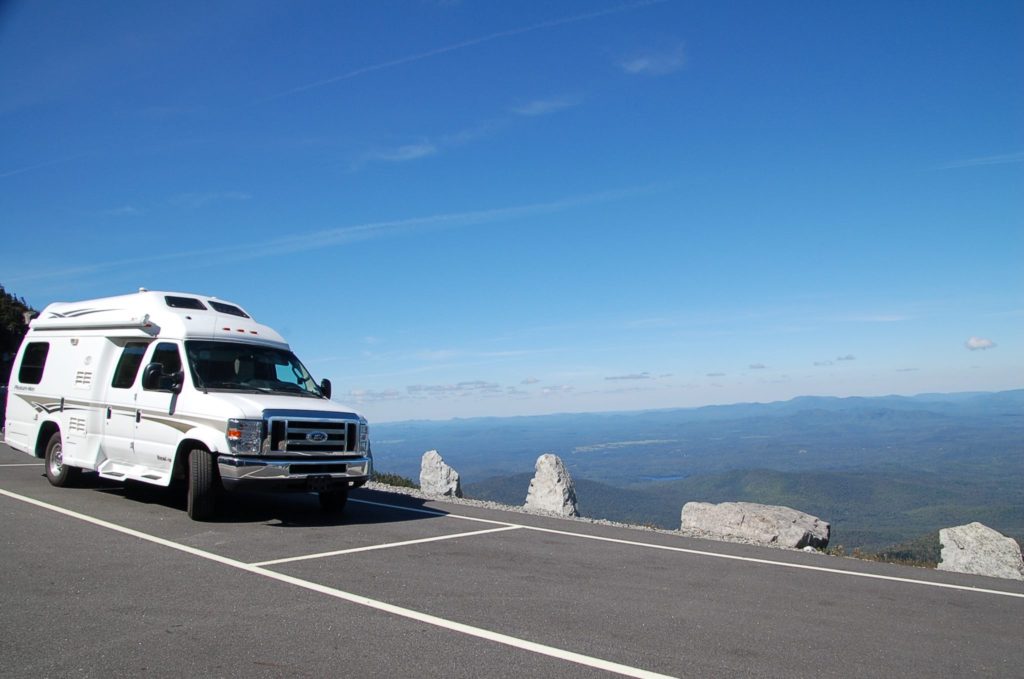
John and Kathy recently moved from a hybrid travel trailer to a PleasureWay Class B motorhome, pictured above. They have been camping for decades, so they know what what experience they are looking for at the campground.
When John and Kathy found the PleasureWay XLTS, they knew it was the vehicle for them. They love many things about their Class B RV, including the following:
- At 21-feet long, it is easy to drive, park, and maneuver wherever they go, including their tight driveway.
- The body of the PleasureWay XLTS bumps out slightly behind the seats, giving 6 inches of extra width. While that doesn’t sound like much, it is enough to make their interior feel roomier.
- It offers comfortable living. The electric sofa electronically folds down into a roomy bed, and the driver’s and passenger’s seats swivel around to make a dining area.
- It gets great gas mileage. Their PleasureWay XLTS gets around 15 mpg. You can’t get anywhere close to that with larger motorhomes or while towing a travel trailer.
While there is much to love about their PleasureWay XLTS, John and Kathy are still trying to figure out how to easily level it. They are also adjusting to the routine of breaking camp to go out for excursions.
More about Class B RVs from Russ Garfin, Product Manager for Winnebago
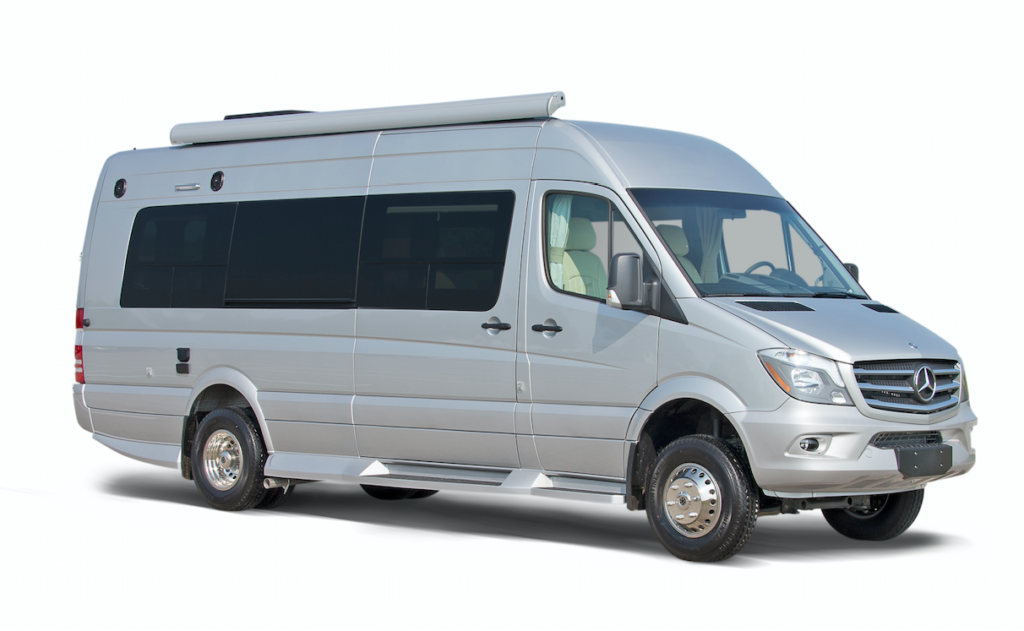
Russ Garfin, Product Manager for Winnebago and expert on small motorized RVs, walked us through everything a shopper should consider when deciding on a Class B.
The chassis of a Class B RV is a very important distinguishing feature. The chassis includes the frame, engine, transmission, tires, and so on. Then, the Class B manufacturer builds the RV body around these parts.
Picking a chassis is usually a matter of preference and price point. Some consumers are loyal to one vehicle manufacturer or other. You’ll also notice differences in the fuel economy, manufacturer’s warranties, and vehicle service options.
Winnebago is currently manufacturing three lines of Class B RVs:
- Travato, starting at $90,910 Built on a Chrysler ProMaster van chassis
- Paseo, starting at $114,988 Built on a Ford Transit van chassis
- Era, starting at $123,316 Built on a Mercedes Sprinter van chassis
You can hear all of the details about each of these Winnebago Class B RVs by clicking on the play arrow at the top of this article.
We hope this helped you understand the Class B segment of the RV market! If you’re looking to buy a Class B RV, be sure to check out our content about “#vanlife” and downsizing your RV.
See you at the campground!
Stephanie + Jeremy

